Yan Kai Lai
Rapid Vector-based Any-angle Path Planning with Non-convex Obstacles
Aug 11, 2024
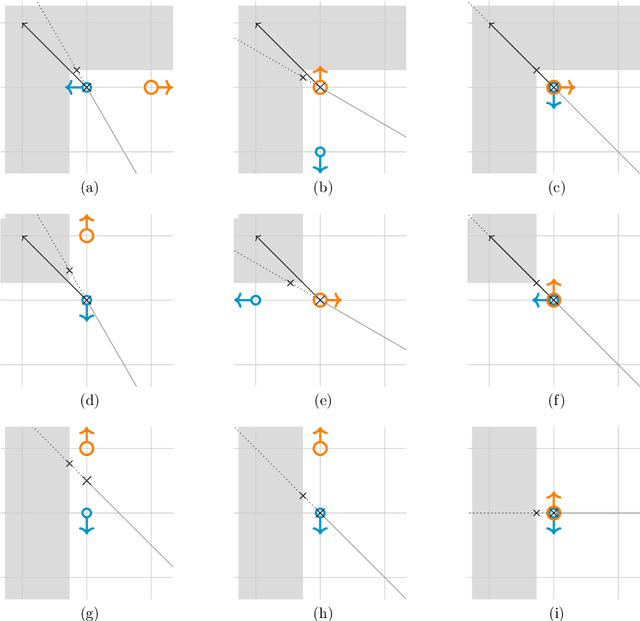
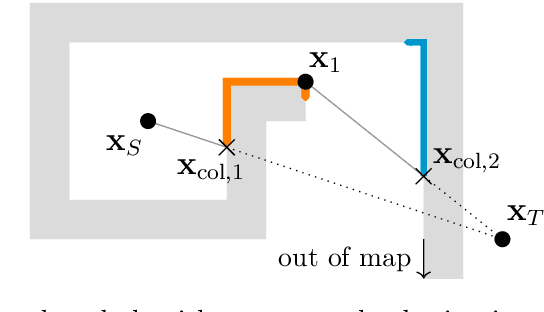
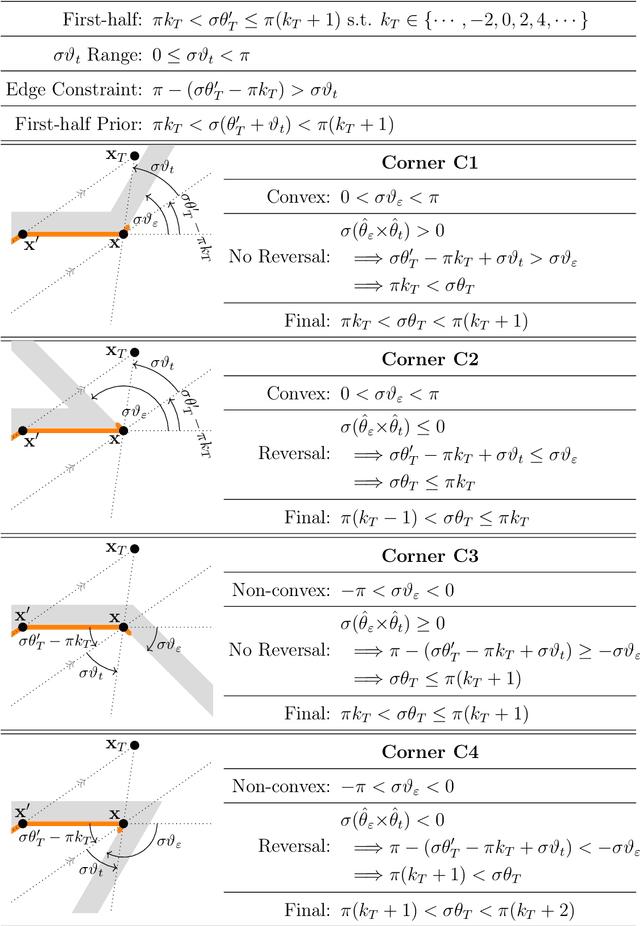
Abstract:Vector-based algorithms are novel algorithms in optimal any-angle path planning that are motivated by bug algorithms, bypassing free space by directly conducting line-of-sight checks between two queried points, and searching along obstacle contours if a check collides with an obstacle. The algorithms outperform conventional free-space planners such as A* especially when the queried points are far apart. The thesis presents novel search methods to speed up vector-based algorithms in non-convex obstacles by delaying line-of-sight checks. The "best hull" is a notable method that allows for monotonically increasing path cost estimates even without verifying line-of-sight, utilizing "phantom points" placed on non-convex corners to mimic future turning points. Building upon the methods, the algorithms R2 and R2+ are formulated, which outperform other vector-based algorithms when the optimal path solution is expected to have few turning points. Other novel methods include a novel and versatile multi-dimensional ray tracer for occupancy grids, and a description of the three-dimensional angular sector for future works.
Evolving R2 to R2+: Optimal, Delayed Line-of-sight Vector-based Path Planning
May 08, 2024



Abstract:A vector-based any-angle path planner, R2, is evolved in to R2+ in this paper. By delaying line-of-sight, R2 and R2+ search times are largely unaffected by the distance between the start and goal points, but are exponential in the worst case with respect to the number of collisions during searches. To improve search times, additional discarding conditions in the overlap rule are introduced in R2+. In addition, R2+ resolves interminable chases in R2 by replacing ad hoc points with limited occupied-sector traces from target nodes, and simplifies R2 by employing new abstract structures and ensuring target progression during a trace. R2+ preserves the speed of R2 when paths are expected to detour around few obstacles, and searches significantly faster than R2 in maps with many disjoint obstacles.
R2: Heuristic Bug-Based Any-angle Path-Planning using Lazy Searches
Jun 28, 2022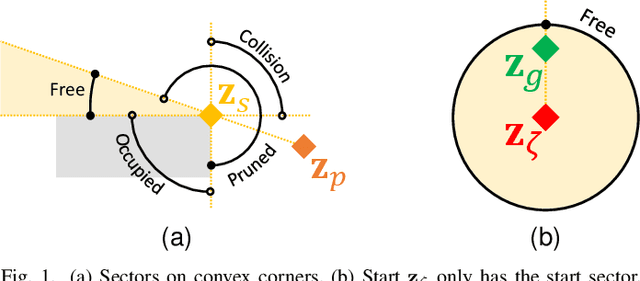

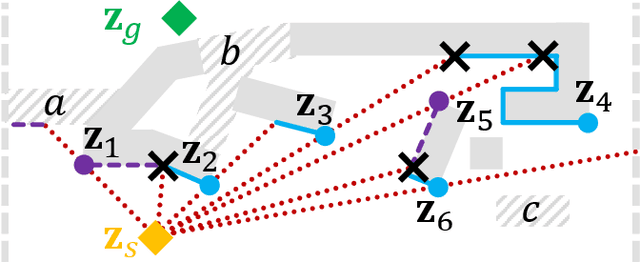
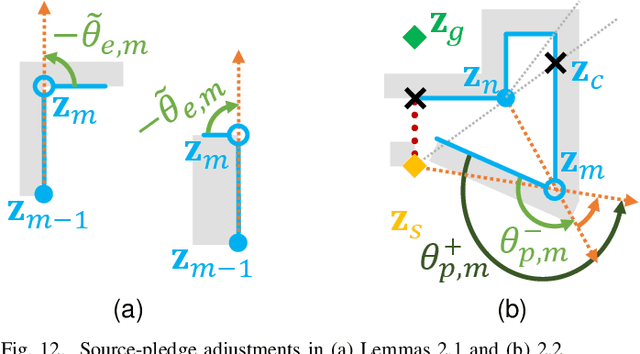
Abstract:R2 is a novel online any-angle path planner that uses heuristic bug-based or ray casting approaches to find optimal paths in 2D maps with non-convex, polygonal obstacles. R2 is competitive to traditional free-space planners, finding paths quickly if queries have direct line-of-sight. On large sparse maps with few obstacle contours, which are likely to occur in practice, R2 outperforms free-space planners, and can be much faster than state-of-the-art free-space expansion planner Anya. On maps with many contours, Anya performs faster than R2. R2 is built on RayScan, introducing lazy-searches and a source-pledge counter to find successors optimistically on contiguous contours. The novel approach bypasses most successors on jagged contours to reduce expensive line-of-sight checks, therefore requiring no pre-processing to be a competitive online any-angle planner.
 Add to Chrome
Add to Chrome Add to Firefox
Add to Firefox Add to Edge
Add to Edge